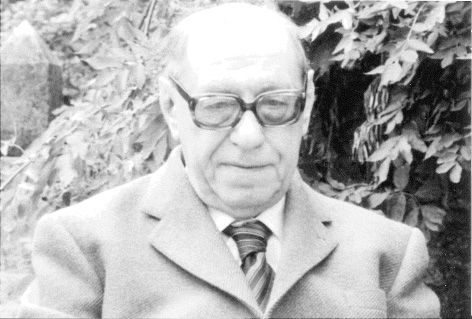
The Thesaurus Literaturae Buddhicae is dedicated to the great scholar
Étienne Lamotte
on whom a whole generation of Buddhist scholars depends for his immense work on Buddhism.




Étienne Paul Marie Lamotte (1903-1983) was a Professor of Greek at the Catholic University of Louvain, but spent most of his time making the rich literature of Mahāyāna Buddhism available to the Western scholarly world, employing sources in Sanskrit, Chinese and Tibetan. The picture of Lamotte as reproduced here was taken by Professor Pierre Jodogne the 29th of August 1979 outside the family country house of Professor Lamotte in Ave-et-Auffe (Namur, Belgium). Upon being asked whether he believed in the Buddhist teachings he studied, Lamotte answered: “What Lamotte means is not important.” Indeed his legacy has enormous importance. Professor Jodogne kindly gave me this picture in 2009.
-Sūtra Collections
-Vinaya (Discipline)
The Bibliotheca Polyglotta application is Copyright 2007-2022 University of Oslo, Norwegian Institute of Palaeography and Historical Philology, Jens Braarvig, Asgeir Nesøen, and released under the GNU General Public License version 3.
General statement on sources, relevant for all BP Libraries:
In the Bibliotheca Polyglotta there are cases where source references for the materials employed are insufficient. This is due to the fact that the work on the BP is cumulative and often incomplete. In most cases there are proper references, but where this is not the case, all the textual materials should be in accordance with the general rules and conventions of copyright. If it is found that it is not, we ask to be notified so that it can be corrected. The textual materials are 1) Accessed through open access internet pages, 2) generated for the BP with OCR from books out of copyright space or with the agreement with publishers and authors, 3) manually written and transliterated for the BP from original manuscripts or block prints, or printed editions not anymore copyrighted.